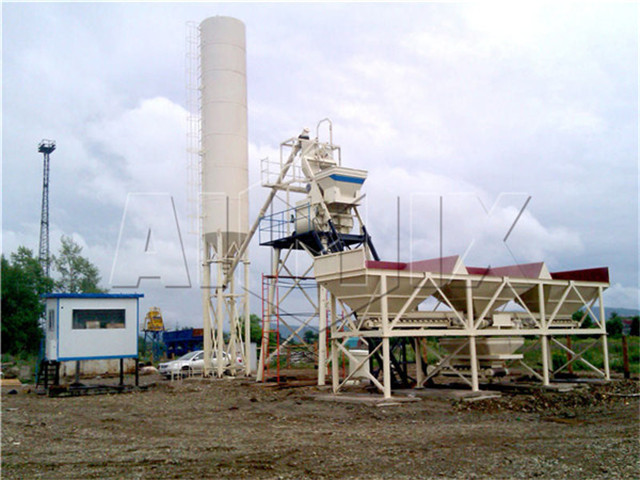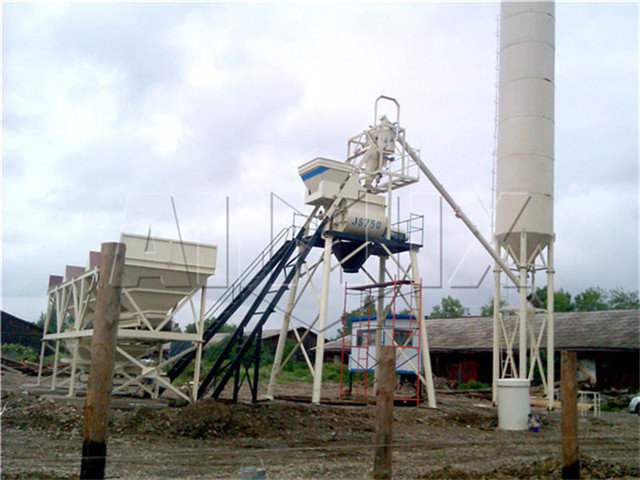The international market for high quality, ready-mixed concrete is growing. Whether you require a central mixing plant to use on site or are working to supply ready mixed concrete to an offsite project, a mini concrete mixing plant (мини бетонные заводы) is a crucial tool for any construction project. This article will supply information on the basic elements of concrete technology including the applications, performance, accessories, advantages, working principles and workflow of three key pieces of concrete construction machinery.

Concrete batching plant
Concrete batching is the process of measuring and adding ingredients into the concrete mixer to produce a batch. By adding carefully measured quantities of raw materials such as cement, aggregates such as sand or gravel, water and liquid admixtures into the reactor, a concrete batching plant will output batches of mixed concrete ready for use on site. The advantage of a concrete batching plant is being able to control the quantities and composition of your concrete according to your
construction project’s requirements. Most concrete batching plants (БСУ бетоносмесительный узел) can mix five different types of aggregates, each one fed into the machine via a separate bin. Likewise admixtures – normally of three different compositions – are introduced separately through three different tanks. A meter is used to control the quantities of water added. Typically, a revolving drum or twin shaft in the mixer will ensure that all concrete is rigorously mixed and all components are evenly distributed within each batch. Most concrete batching plants will control the mixing process using a timer. Ready mixed concrete is outputted ready for delivery to site.

Concrete mixer
The main component of a concrete batching plant is the mixer. The mixer plays an essential role in producing high quality, evenly mixed concrete. Portable mixers are often used so that concrete can be produced in situ at the construction site, giving workers enough time to apply the concrete before it hardens. There are three different types of stationary mixers which offer their own advantages. Twin-shaft mixers are used for producing a high intensity of extra strength concrete within a short time frame. Vertical axis mixers are most commonly used for smaller batches of precast and prestressed concrete. Drum mixers are used to mix high volumes of concrete at a quick pace and are ideal for producing slump concrete. Of all three categories of mixer, drum mixers have the lowest maintenance and operating costs.
Concrete pump
The concrete pump (бетононасос) is a crucial tool used for transporting batches of ready mixed liquid concrete from the batching plant to the desired location. There are two kinds of concrete pump. A boom concrete pump is attached to a truck or trailer and is controlled using a robotic arm which will evenly distribute the mixed concrete to the required position. This type of pump is most widely used on larger construction projects, the advantages being that it can distribute large volumes of concrete and save labour costs. A trailer-mounted pump or line pump is mounted on a truck and through a network of hoses can pump concrete to wherever it is needed. This variety of pump is most often used for lower volumes of concrete with a more precise application.